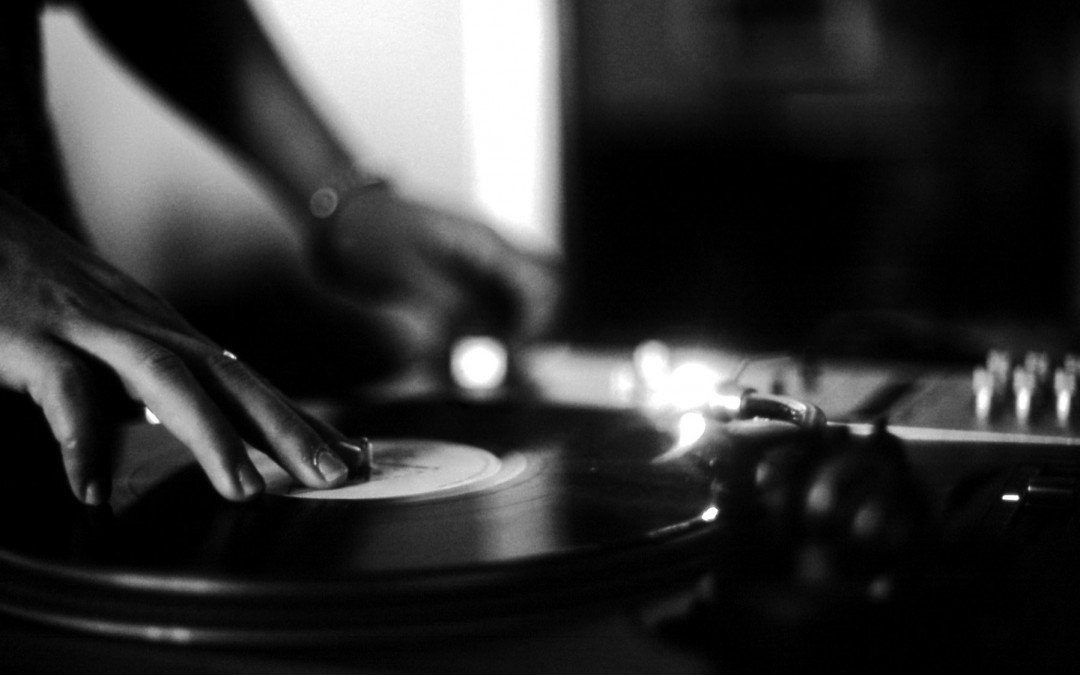Timecode vinyl is like the one true ring among an otherwise infinite number of acrylic rings needed for a party.
One vinyl to play them all, precious.
However, Sauron probably didn’t have to worry about orcs hitting his DJ booth and making the record skip, like most of us face each time we play vinyl at a party.
Turntables are expensive on their own, but starting a vinyl collection can often pass the combined value of the gear you need to party on vinyl, so timecode is a much welcomed addition among DJs.
Impress the ladies with your 12 inch timecode. Just follow the steps:
First, connect the RCAs from your turntable to the audio inputs of your mixer/controller. Second, don’t forget to attach the ground cable to a designated metal housing (usually at the back of the controller/mixer). Third, select the ASIO option of the audio interface you are going to use from the software preferences (the gear-shaped button in the upper left/right corner). Fourth, depending on what timecode vinyl you have, you’ll also need to select the timecode vinyl engine (Torq, Ms. Pinky, Serato and others). Finally, press the timecode button of the deck(s) you want to play vinyl and spin that party.
Knowing about the two vinyl modes will greatly improve your confidence in what you can achieve as a DJ.
Both modes revolve around the small R button that’s next to the Timecode button:
Activating the Relative mode (by pressing the R button) will enable the software observe the relative forward and backward motion of the record without taking into account the position within the record. This means that you can place the needle anywhere on the vinyl and the track will resume from where the marker is located in the software. This is how most people play and is especially useful when scratching.
Absolute or the default mode most closely resembles the properties of normal vinyl. The start of the vinyl is also the start of the track. By picking up the needle and dropping it elsewhere you move the position in the track. Don’t drop the needle as if it were an iPhone endurance test though, or that warm sound will be replaced by cold pops and cracks.


Trackbacks/Pingbacks